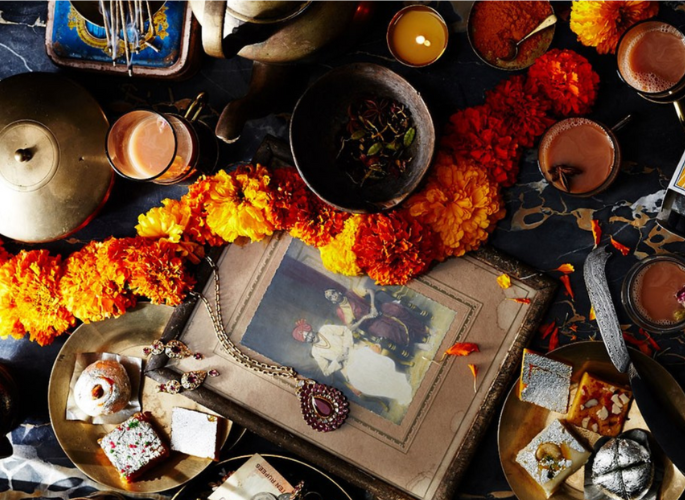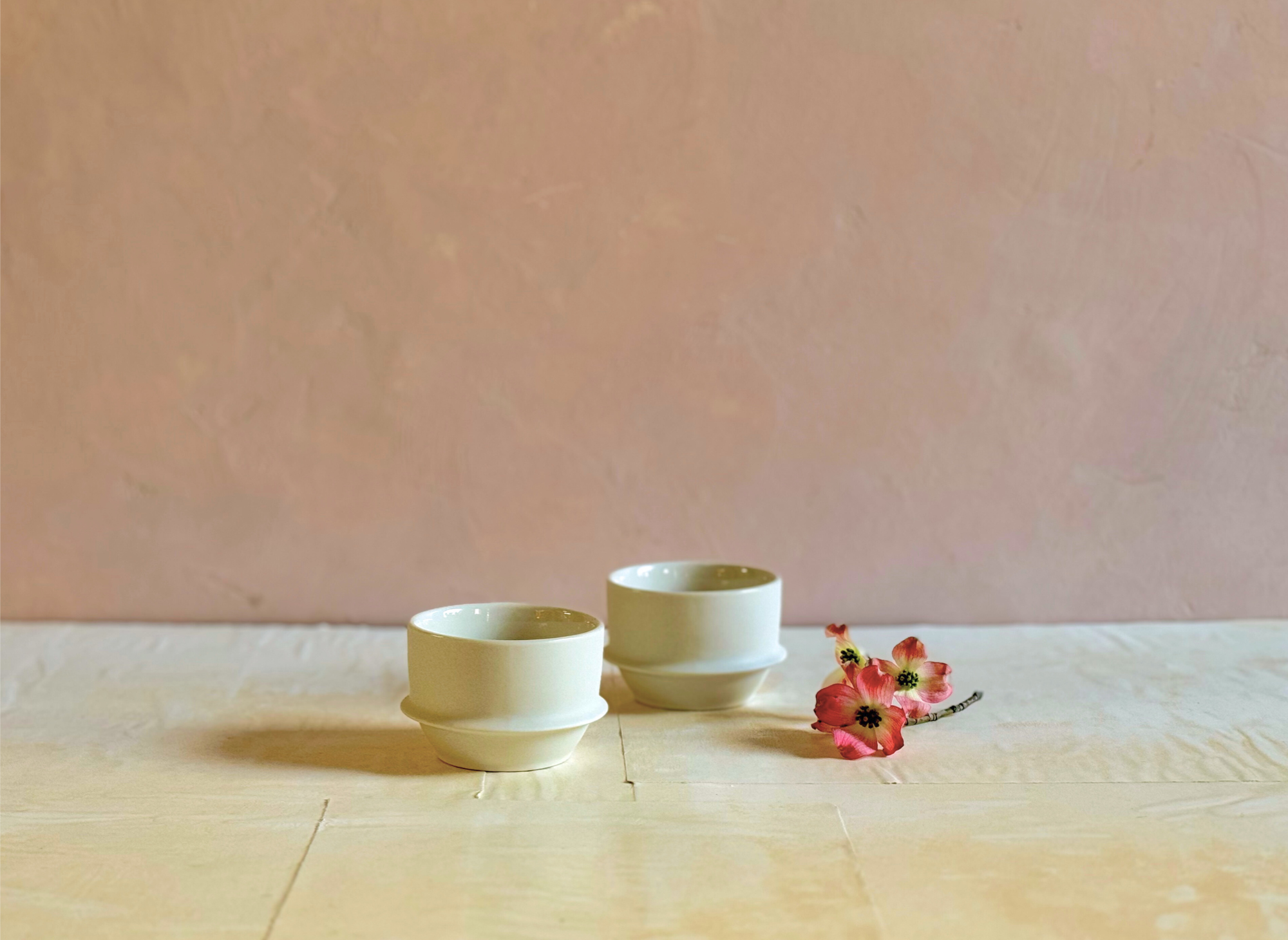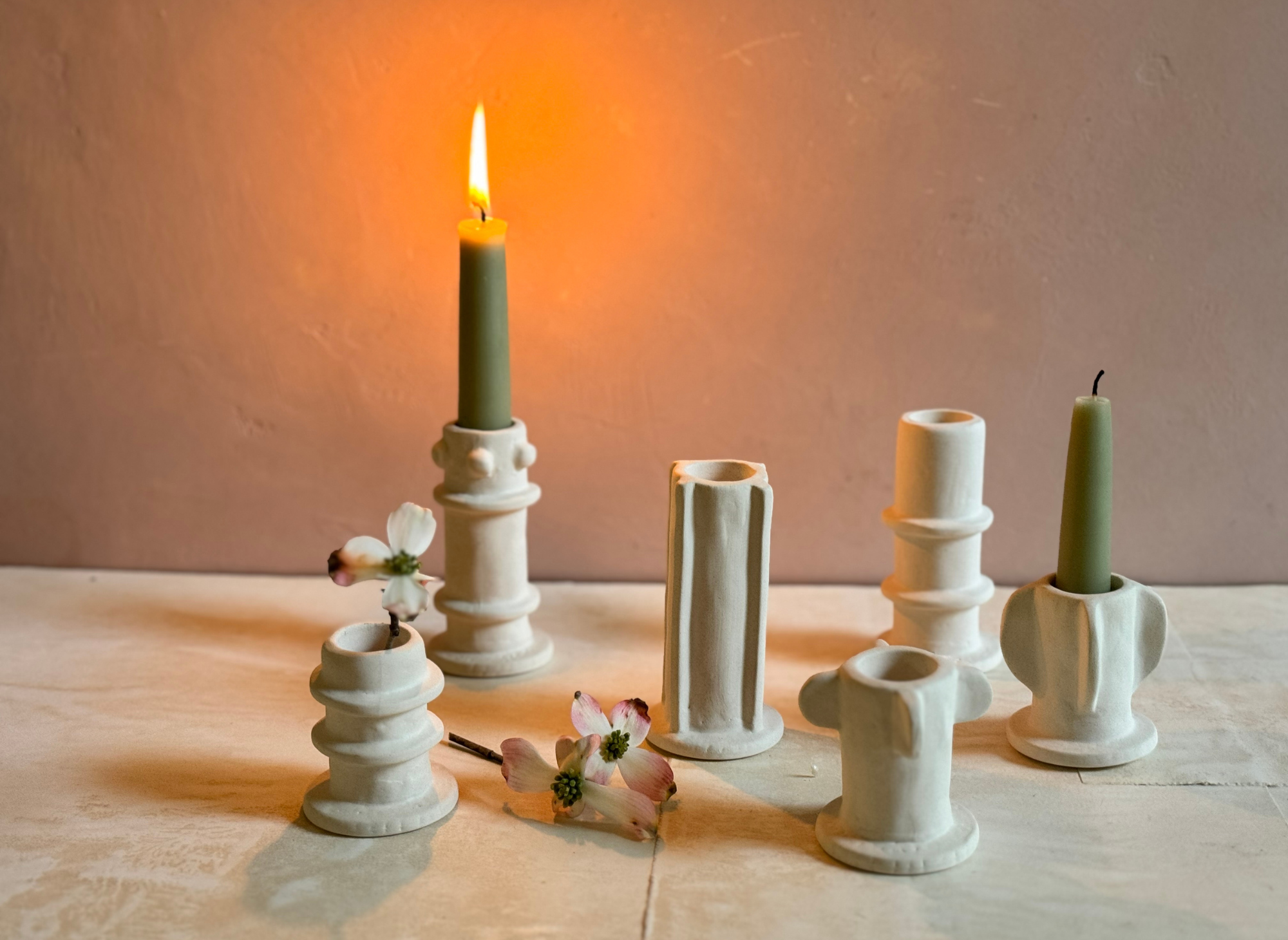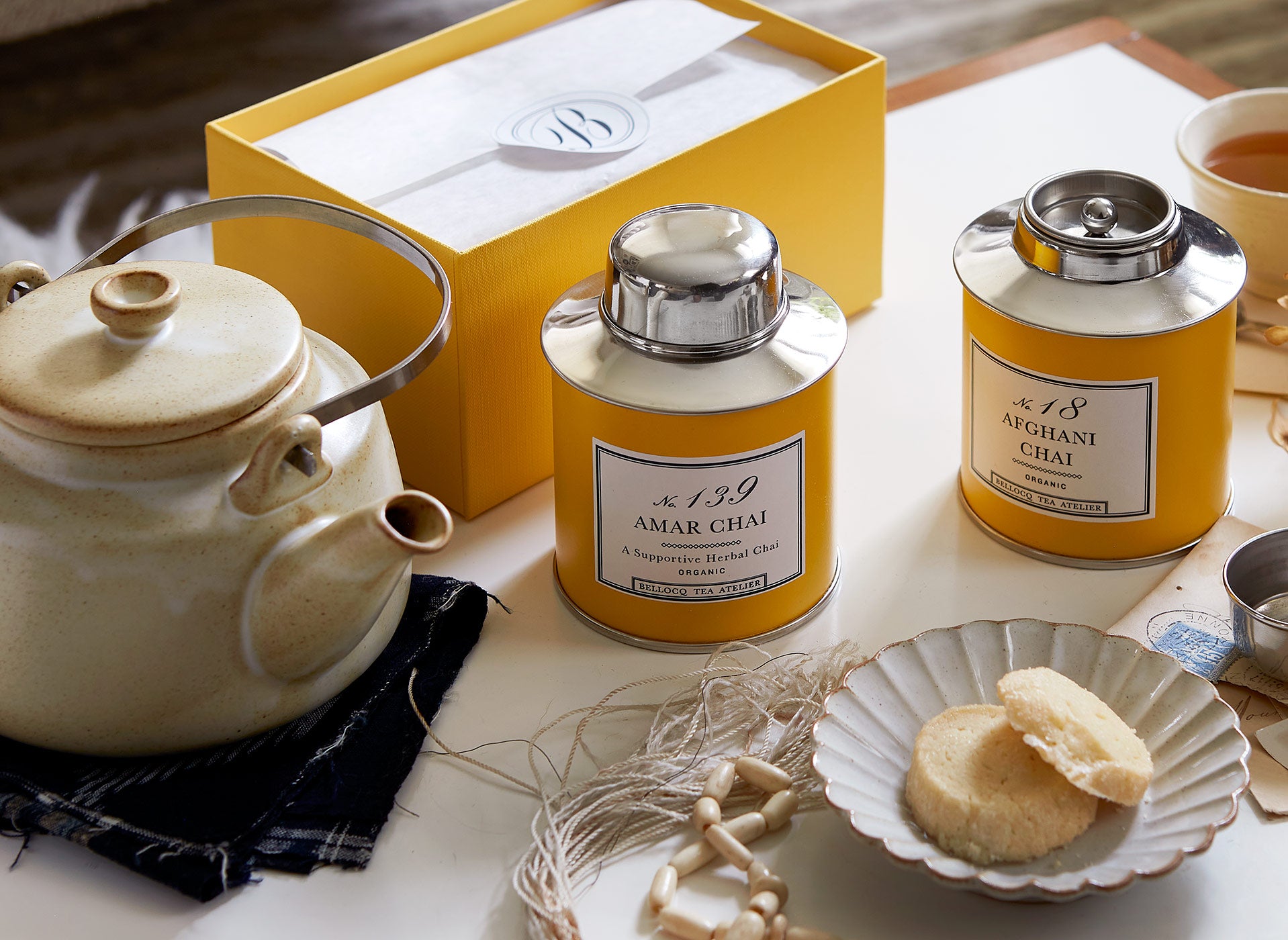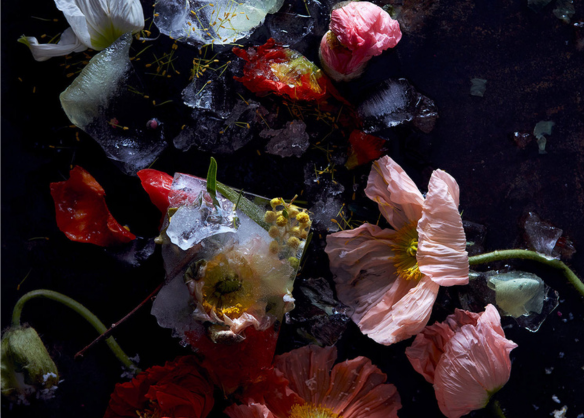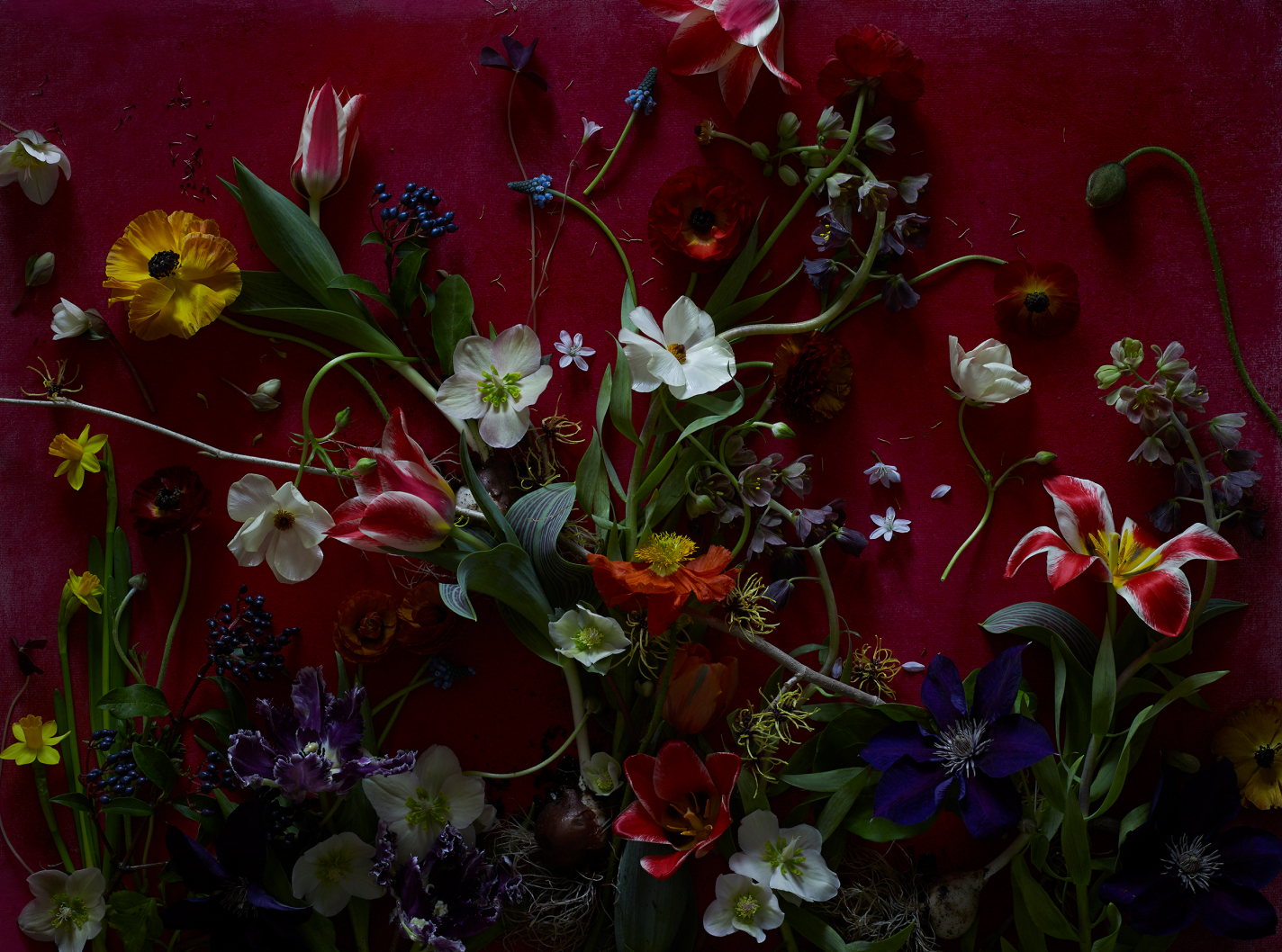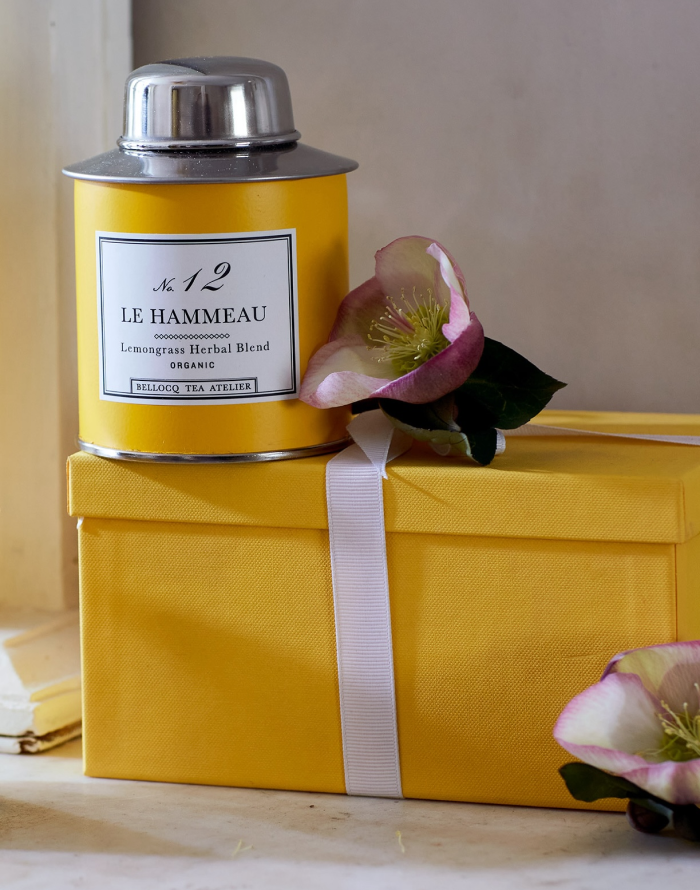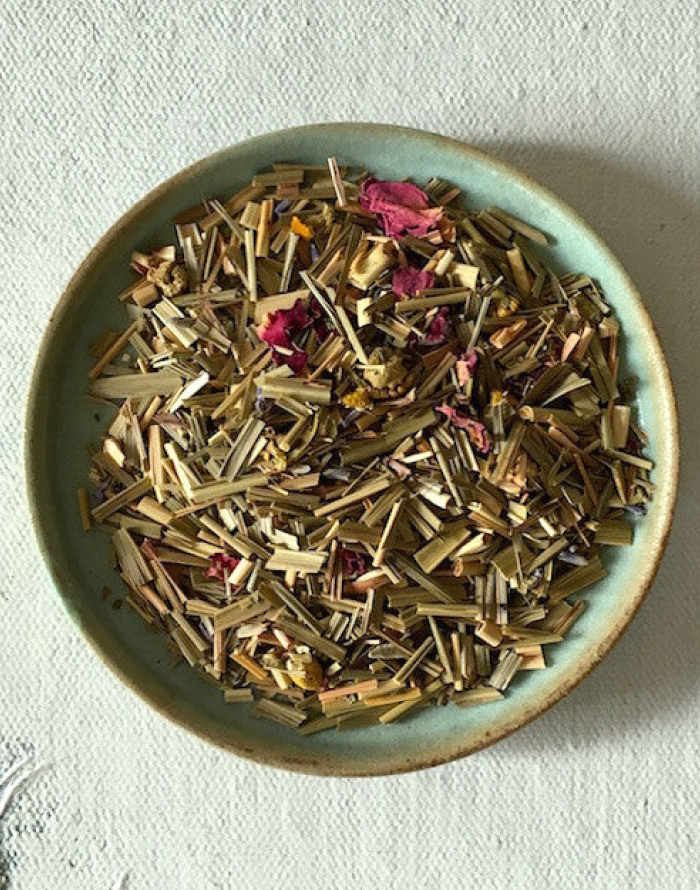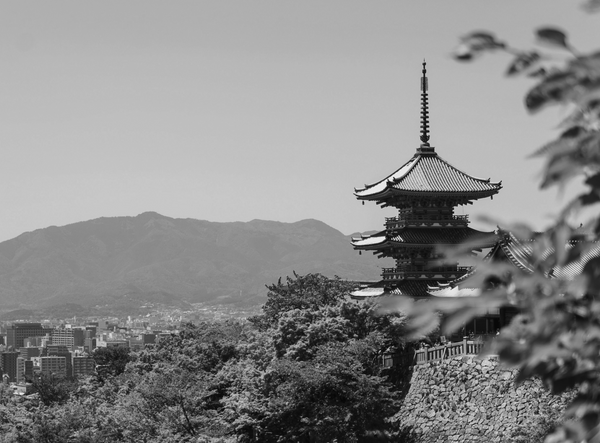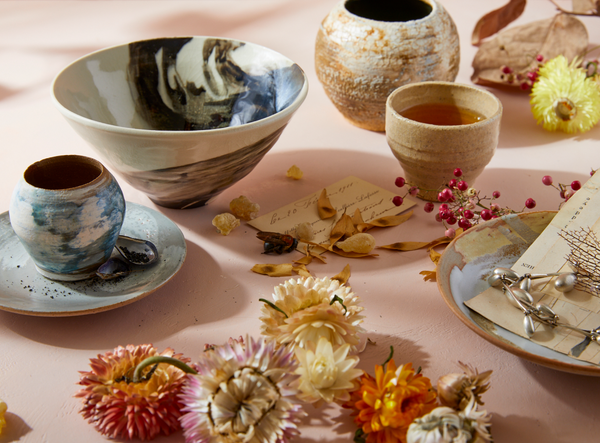In the Summer Edition of The Journal, we debut our new column: Tea is for People. Bellocq founder, Heidi Johannsen Stewart, enjoys a cup with photographer and author, Ngoc Minh Ngo, to discuss a shared passion for flowers, Ngoc’s extraordinary body of work and sources of inspiration.
Ngoc Minh Ngo is a New York based photographer whose images have been published in such publications as The World of Interiors, T Magazine, Vogue, Architectural Digest, Cabana, and House & Garden UK. She is also the author of five books, Bringing Nature Home: Floral Arrangements Inspired by Nature, In Bloom: Creating and Living with Flowers, Eden Revisited: A Garden in Northern Morocco, A House of a Lifetime: A Collector’s Journey (all Rizzoli) and New York Green (Artisan).
Her work has been the subject of a solo show at the Yves Saint Laurent Museum in Marrakech and Wave Hill Public Garden and Cultural Center in the Bronx, New York.
Ngoc received the Land Place Spirit Award from Longhouse Reserve in 2022.
Heidi Johannsen Stewart: Ngoc, this is such a dream for me as I’ve admired your work for years. We actually worked together many years ago, back in my editorial/publishing days. As I recall, sweet Scot Schy was art directing, so there must have been many laughs. In the subsequent years, in addition to your career as an acclaimed photographer, you’ve authored multiple books of which flowers, nature and gardens are the subject. Each one is not only exceptionally beautiful and thoughtful, but beautifully written, as well. You’re also deeply knowledgeable about horticulture. We both share a passion and interest in the plant world and I’m curious about your trajectory. How did this exquisite culmination of photography, writing and horticulture come to be?
Ngoc: It all happened gradually. I have always loved reading so my love of words came before that of images–and I loved paintings long before I fell in love with photography. Flowers have been a big part of my life since I was a child in Vietnam. When I decided to do a book (Bringing Nature Home) to celebrate the role flowers play in everyday life, the way they connect with nature, the seasons, and beauty, these three strands–photography, writing, and horticulture–came together naturally.

Heidi: Is there a garden that you found particularly memorable, or left a lasting impression on you? Perhaps one that your thoughts return to again and again. If possible, please describe how you felt in this garden.
Ngoc: There are many gardens that have left a lasting impression on me. One of which is Rohuna, the garden in Morocco where I spent a lot of time over a number of years to document it for the book Eden Revisited. Through all that time, I became a part of the garden itself–there is a fig tree that bears my name–and have witnessed its evolution, gotten to know the people who live in the place and those who care for the garden. I spend a lot of time exploring the garden on my own–and it is a vast and magnificent landscape, high on a hill with the Atlantic ocean in the background. It is always deeply pleasurable for me to be in that landscape, to bear witness to its beauty, poised between the wild and the cultivated, always changing yet timeless. Another garden that moves me profoundly is Derek Jarman's garden at Prospect Cottage, near the nuclear station in Dungeness. It is the opposite of Rohuna in size, but equally inspiring. Both gardens make me think about the many different reasons that have spurred humans to make gardens throughout history.
Heidi: Do you sense that your work is intuitive? Or is your approach more analytical? What inspires you to create?
Ngoc: I think my work is more intuitive. When I am photographing, I just follow my instincts. The desire to create is just instinctive, and I am inspired by almost everything around me.
Heidi: What are you currently exploring in your work?
Ngoc: I am finishing my book on roses in gardens in different places and cultures. I am fascinated by the history, symbolism, and the beauty of roses.


Heidi: When I think of first memories, many of my early, formative memories are of the natural world, primarily flowers, plants and trees. And stones. Even now, I continue to revisit them in my mind, as if they were fundamental characters, like a beloved pet. Their presence made an indelible impression on my mind and I still somewhat of long for them. In April, I can be found nose-to-flower in our neighbor’s Lily of the Valley patch, lost in the memory of my grandmother’s garden. It’s as if once a year, a portal opens which allows access to these memories. It’s like time traveling, the experience is so visceral.
Are you aware of any recurrent interests or threads of curiosity that appear to have consciously (or unconsciously) influenced the direction of your life? How do they reveal themselves now?
Ngoc: My interest in flowers has led me to an interest in nature, history, the environment, and all the attendant social issues. While working on my book New York Green, I learned a great deal of the history of Indigenous people and the effects of colonialism on the environment of New York City. I learned to appreciate the natural habitats that once made up the land, and the efforts to bring them back as a way of meeting the challenges of climate change. I became more aware of the inequality of green spaces in the different boroughs. When I was asked to design a limited edition scarf for Echo's centennial and choose a charity to which to donate the proceeds, I chose the Bronx Green Up Program at the New York Botanical Garden, which supports community gardens and farms there.
Heidi: You've traveled extensively as many of your subjects or pieces are shot in various locations around the globe. What are some places that have inspired you? Do you have any favorite items that you like to have with you when traveling? For utility, pleasure or sentimental value?
Ngoc: I don't have anything of sentimental value that I always have with me when I travel. Since I travel mostly for work, my camera equipment is the first thing I pack. I also pack a journal that I don't write in as often as I should. Every place I have been to has inspired me in some ways, big and small, like seeing the traces of ancient civilizations in Greece; the elegance of Paris as a city; the rural valley in France where Eléonore Cruze, a rose expert, has made her life for over 50 years, mostly alone; the incredible art and architecture of Florence–Brunelleschi's Duomo is mind-blowing and Fra Angelico's meditative paintings are movingly beautiful; the abstract beauty of the gardens in Kyoto; and on and on. It's endless. The world is full of marvels.

Heidi: I’ve always found your work poignantly soulful, and poetic; a rich textural landscape in which the subjects appear timeless - yet contemporary. There is an intimacy. Observing your work, I sense that the subjects, the flowers, retain their wildness, and feral spirit. It appears that your eye and lens refrain from dominating the subject - you allow it to share its spirit, coaxing it forth to reveal itself, but not fully; there is some mystery. It’s as if you capture the essence of what lies beneath the surface. The subjects retain their will and vitality, if that makes sense. Perhaps there’s a sense of mutual, cooperative respect. Is this observation somewhat accurate? Do you share this perspective? What is your frame of mind when approaching a subject?
Ngoc: I don't really analyze my work. As I mentioned before, it's all very instinctive. I do my best work when I am emotionally moved by the subject. I feel enormous pressure to do justice to the subject, something I don't always manage to do.
Heidi: Your life story begins in Vietnam. When did you move to the States? As a former food editor my thoughts turn toward its incomparable cuisine, which is the perfect combination of textures and flavors: pungent, salty, sour, sweet, spicy - and so wonderfully vibrant and fresh. Verdant heaps and tangles of herbs - it’s heaven. I believe we learn so much about each other through food. It’s the great connector, in addition to family, art and love. Do you like to cook? Do you have a favorite dish or recipe?
Ngoc: I came to the US at the age of 12. Food was a big part of our lives. My family spent a lot of time preparing food–everything was made fresh, there was no processed food. When my family gets together–I have a very large family–my sisters and I spend a lot of time in the kitchen together cooking. It's a very social activity, and for my mom, cooking for us is an expression of her love. In my own home, I don't spend as much time cooking, but I do try to make things as fresh as possible. I love making broths to freeze. I love soups of every variety, and like a true Vietnamese, I love lots of fresh herbs.
Heidi: How do the aesthetic sensibilities of your heritage and early life experiences inform your work?
Ngoc: I’m not sure it's to do with my heritage, but my sensibilities tend to be on the quiet side. I am more interested in nuances than the obvious. Coming from a large family, I spent a lot of my childhood observing things, which I think helped prepare me for what I do as a photographer.


Heidi: There are many kinds of gardens of varying intentions, styles, philosophies and functions. I’m curious to learn, based on your experience and observations, what elements contribute to a successful garden?
Ngoc: I think the most successful gardens are the most personal, like a home. It doesn't matter what the style of the garden might be, but for me, it has to express something unique about the person who made the garden.
Heidi: In addition to photographing some of the great gardens of the world, are you, also, a gardener? Do you have a garden? If so, would you describe it? If not, do you have a fantasy garden that exists in your mind?
Ngoc: I take care of our building's front garden where I live in Brooklyn. It's very small, and I pack it with as many plants as possible. Some things have thrived, and others have not. I do have a fantasy garden, and it changes all the time. I love meadows, orchards, flowering trees, woodland ephemerals. On the other hand, I am realistic enough to know that I wouldn't be able to manage a garden big enough to contain all that.
Heidi: Of course, I would be remiss not to ask you about your tea rituals! When do you drink tea? And why? Do you have a favorite vessel or cup?
Ngoc: I love to drink tea around mid-morning or mid-afternoon. It's a nice ritual to sit down with a cup of tea, to gather myself, to slow down (I tend to drink non-caffeinated teas). I have a cup with pink marble glaze by Isabel Rower (Maria Robledo's daughter) that I like to drink my teas in.


Heidi: As a full-time working caregiver/business owner with a full schedule, I admit that it can be a struggle to attend to the ongoing deluge of daily demands and requirements. On one hand, I’m cognizant that the dynamic is ever adjusting depending on what’s going on, and who needs what. This year I reconciled that there is no balance, just shifting and recalibrating. How do you care for yourself? Are you thoughtful and intentional about it? Or do you go and go, then require convalescence? How do you recalibrate?
Ngoc: I find time spent in nature is all I need to recharge, be inspired, and recalibrate. I also love swimming, which I don't get a chance to do enough of, but whenever possible, I love to swim a mile in a pool at the start of the day.
Heidi: In 1978, I visited The Met during the King Tut exhibit, and deeply influenced my young mind. It's been five decades and I continue to harbor fantasies about becoming an archeologist or textile antiquities scholar. It's surprising what resonates. If you had another career, what would you do?
Ngoc: I once had ambitions to be a painting restorer. If I could start all over again, I would like to be an artist.


Heidi: What’s next for you?
Ngoc: I am looking forward to finishing my book on roses. I would like to find more time to practice drawing and painting. I just took a class on botanical painting and loved the meditative nature of it. Yet another reason for me to spend time in nature. Meanwhile, I have been asked to interview Piet Oudolf for an event celebrating the 15th anniversary of the opening of the High Line. I am rather looking forward to being an interviewer!
Heidi: Thank you, Ngoc for so generously taking the time to share your world with us! To learn more about Ngoc’s beautiful work, please visit her site.
